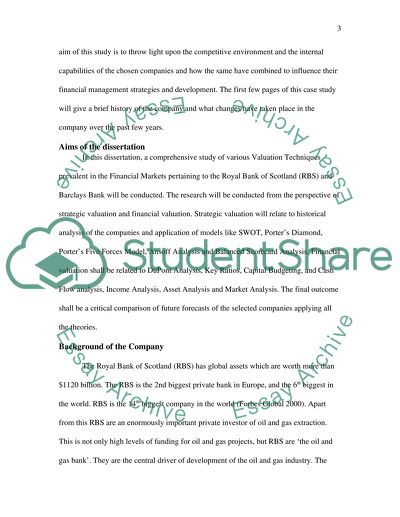Cite this document
(Financial Valuation Techniques Research Proposal, n.d.)
Financial Valuation Techniques Research Proposal. Retrieved from https://studentshare.org/finance-accounting/1506516-financial-valuation-techniques
Financial Valuation Techniques Research Proposal. Retrieved from https://studentshare.org/finance-accounting/1506516-financial-valuation-techniques
(Financial Valuation Techniques Research Proposal)
Financial Valuation Techniques Research Proposal. https://studentshare.org/finance-accounting/1506516-financial-valuation-techniques.
Financial Valuation Techniques Research Proposal. https://studentshare.org/finance-accounting/1506516-financial-valuation-techniques.
“Financial Valuation Techniques Research Proposal”, n.d. https://studentshare.org/finance-accounting/1506516-financial-valuation-techniques.


